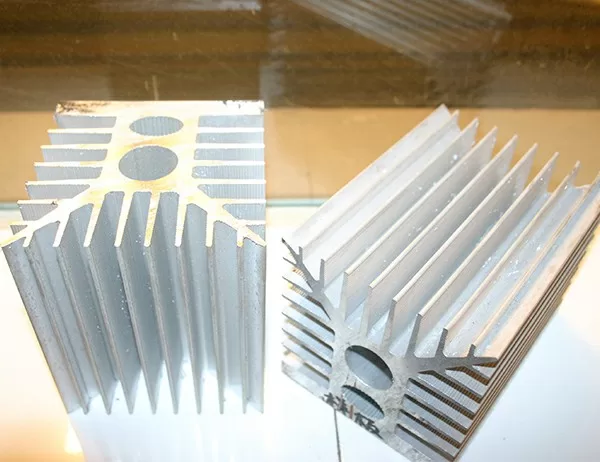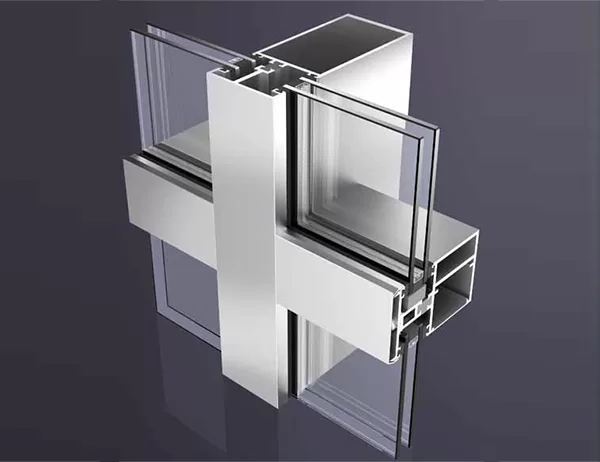The Evolution of Solar Aluminum Profiles: Shaping the Future of Sustainable Energy
In the realm of renewable energy, where innovation drives progress, solar aluminum profiles stand as towering beacons of ingenuity. These sleek, metallic extrusions are not mere structural supports but rather highly evolved components that have undergone a remarkable transformation.
A Historical Journey
Early solar panels employed bulky, steel frames that hindered efficiency and aesthetics. However, the advent of aluminum, with its lightweight, corrosion resistance, and malleability, revolutionized the industry. Aluminum profiles emerged as the ideal framework for solar modules, providing structural integrity without compromising energy output.
The Rise of Polygonal Profiles
As the demand for solar energy soared, manufacturers realized that traditional rectangular profiles were limiting design options. Polygonal profiles, such as hexagonal and octagonal extrusions, allowed for more compact and aesthetically pleasing installations. Their complex geometries reinforced the panels and improved airflow, enhancing overall performance.
Advancements in Thermal Management
The quest for higher efficiency led to the development of profiles with integrated thermal management systems. These innovative designs feature channels or perforations that allow air to flow through the profiles, dissipating heat from the solar cells. By maintaining optimal operating temperatures, these profiles enhance energy production and prolong the lifespan of the panels.
Architectural Integration
Solar panels are no longer confined to rooftops and fields. Architects have embraced them as a design element, seamlessly integrating them into building facades and other structures. Aluminum profiles play a crucial role in this architectural harmony, allowing for custom designs and intricate installations that blend aesthetics with functionality.
The Future of Profile Evolution
As the solar industry continues to evolve, so too will the profiles that support the panels. Lightweight, durable, and sustainable materials, such as carbon fiber and recycled aluminum, are being explored for their potential to further improve efficiency and reduce environmental impact.
The evolution of solar aluminum profiles is a testament to the ingenuity and adaptability of human innovation. These seemingly simple extrusions have transformed the solar landscape, enabling the widespread adoption of sustainable energy sources. As the industry continues to push boundaries, we can anticipate even more groundbreaking advancements that will shape the future of solar power.




